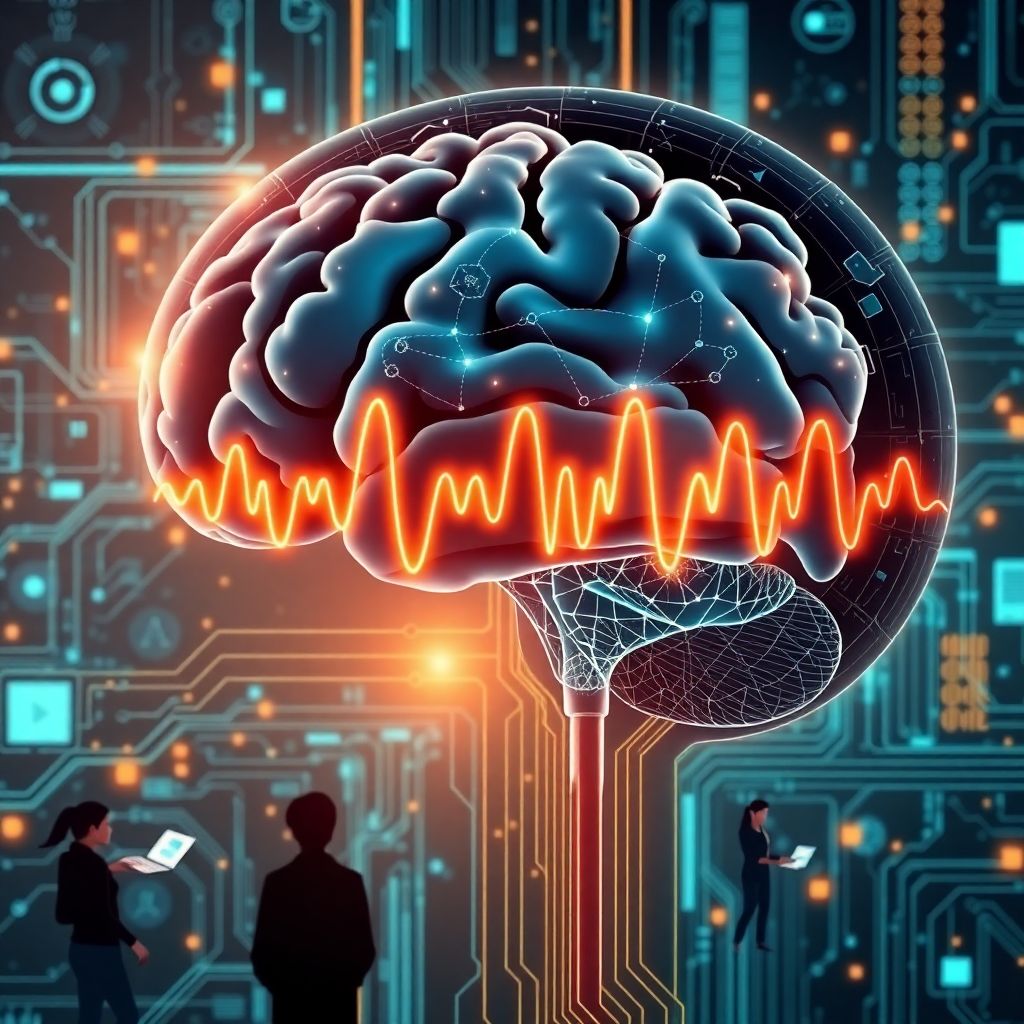Understanding Theta Interactions: A Practical Perspective

Theta Interactions represent a novel paradigm in the modeling of cognitive processes, particularly in the domain of neuroscience and artificial intelligence. These interactions refer to the synchronization and modulation of theta brain waves (typically in the 4–8 Hz range), which are associated with memory encoding, spatial navigation, and decision-making. In practical terms, understanding and leveraging Theta Interactions can significantly enhance the design of brain-computer interfaces (BCIs), improve neurofeedback therapies, and inform the development of adaptive learning systems. Recent advances in EEG signal processing and machine learning have enabled researchers to isolate theta wave patterns with greater precision, opening the door to real-time applications in both clinical and commercial settings.
Statistical Insights into Theta Wave Modulation

Empirical studies have shown a strong correlation between theta wave activity and cognitive performance. For instance, experiments using functional MRI and EEG have demonstrated that increased theta coherence between the hippocampus and prefrontal cortex correlates with improved working memory and attention. In a 2022 meta-analysis of 47 neuroimaging studies, researchers found that individuals with higher theta synchronization during task performance had up to 35% better retention rates in memory recall tasks. Additionally, neurofeedback training aimed at enhancing frontal-midline theta activity has been associated with measurable improvements in executive function among both healthy individuals and patients with ADHD. These statistics not only validate the theoretical importance of Theta Interactions but also underscore their potential for practical application in cognitive enhancement technologies.
Forecasting the Future of Theta-Based Technologies

The next decade is poised to witness a surge in applications built around Theta Interactions. Market analysts project that the global neurotechnology sector, which includes devices and software leveraging brainwave data, will surpass $19 billion by 2030, with theta-based applications comprising a growing segment. Wearable EEG devices capable of real-time theta monitoring are becoming more affordable and user-friendly, paving the way for consumer-grade cognitive training tools. Furthermore, integration with AI algorithms will allow for adaptive feedback systems that respond to individual brain states, optimizing learning or therapy sessions. In the realm of mental health, personalized theta modulation protocols could become a standard component of treatment for disorders like PTSD and anxiety, which are linked to dysregulated theta activity. These forecasts suggest that Theta Interactions will move from the lab to everyday life, transforming how we approach mental performance and well-being.
Economic Dynamics and Investment Potential
Economically, Theta Interactions represent a high-potential niche within the broader neurotech industry. Venture capital interest in neuroadaptive technologies has surged, with over $1.2 billion invested globally in 2023 alone. Startups focusing on theta-based cognitive enhancement solutions—ranging from neurofeedback platforms to immersive VR training environments—are attracting attention from both healthcare and edtech investors. The cost of developing theta-responsive systems has declined due to advances in cloud computing and open-source EEG frameworks, lowering the barrier for market entry. In parallel, licensing opportunities for proprietary theta signal processing algorithms are expanding, offering new revenue streams for research institutions and tech firms. As the economic ecosystem around Theta Interactions matures, it is likely to spur the creation of specialized jobs in neuroinformatics, cognitive engineering, and therapeutic design, further embedding the technology into the innovation economy.
Industry Impact and Cross-Sector Influence
The influence of Theta Interactions extends across multiple industries, reshaping practices in healthcare, education, and even entertainment. In clinical settings, theta-based neurofeedback is being integrated into rehabilitation protocols for stroke and traumatic brain injury, accelerating recovery by promoting neural plasticity. In education, adaptive learning platforms that monitor theta activity can tailor content delivery in real time, improving engagement and retention for students with diverse cognitive profiles. The gaming industry is also exploring theta-driven mechanics, using EEG data to adjust gameplay difficulty based on a player’s focus level, thereby enhancing user experience. Moreover, Theta Interactions are beginning to inform UX design in digital environments by providing insights into cognitive load and emotional state. These cross-sector applications highlight the versatility of theta modulation as a tool for human-centered innovation, suggesting that its impact will only deepen as our understanding of brain dynamics grows.

